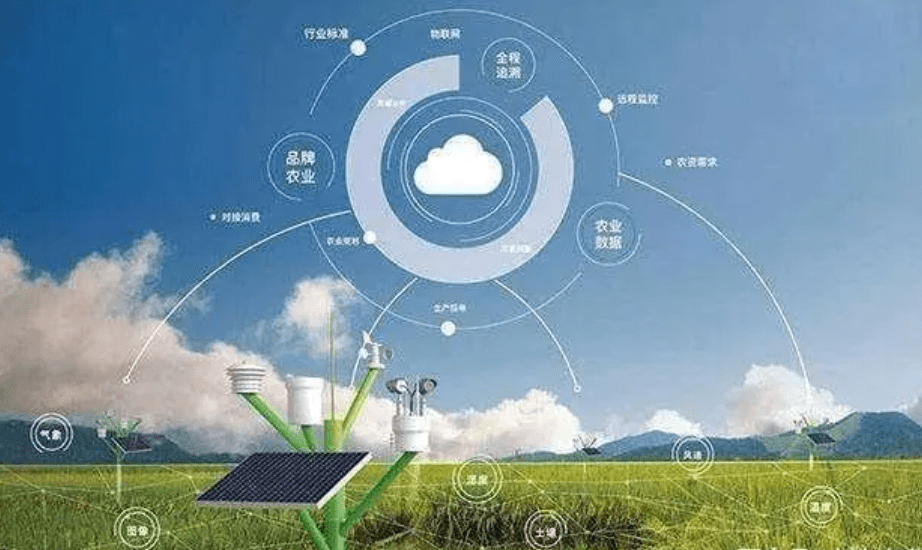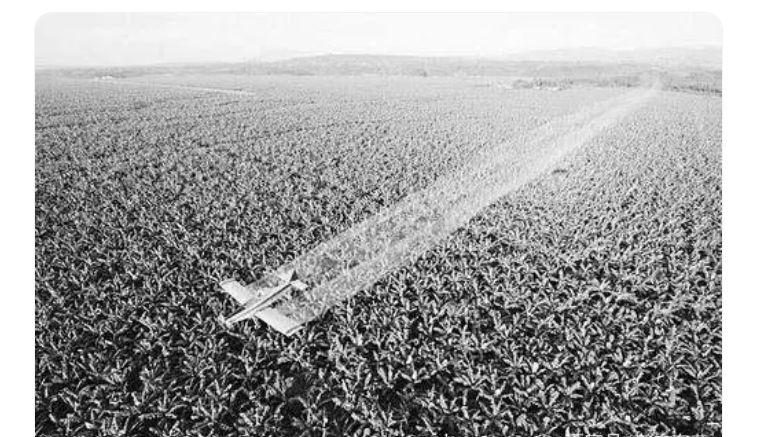Agriculture must make solid plans and see what work has been done in modern agriculture in the United States.
The United States is a country with developed modern agriculture, and the development of its agricultural modernization can be divided into three stages: the initial stage from the early 20th century to the 1950s, the comprehensive modernization stage from the 1950s to the 1970s, and the post-modernization stage from the 1980s to the present. In order to accelerate the development of agricultural modernization, the United States government has taken many measures. Today, the agricultural media “You Nong You Yi” will lead everyone to review and analyze the solid work done in modern agriculture in the United States.
[1] Agricultural subsidy policy
Agricultural subsidy policy has always been the core of US agricultural policy. Faced with the reality of increasingly fierce world agricultural product markets and agricultural subsidies provided by European countries, the actual cash subsidies paid by the United States from 1996 to 2002 far exceeded the $36 billion planned in the 1996 Agricultural Act.
From 1996 to 2000, the US federal government paid $61.6 billion in cash to farmers. In 2002, the Bush administration promulgated the “Farm Security and Rural Investment Act”, once again linking agricultural subsidies to changes in agricultural product prices. In the ten years from 2002 to 2011, a huge subsidy of $190 billion was provided to agriculture.
[2] Agricultural high-tech and informatization
The US government attaches great importance to high-tech science and technology, especially the progress of informatization and digitization technology and its application in agriculture, and vigorously supports the promotion of high-tech technology in agriculture. The US federal government has built an agricultural information platform through fiscal expenditures to facilitate the collection and processing of agricultural information. It has established a national agricultural and rural science and technology information center to achieve long-term accumulation, efficient management, and extensive application of rural information resources.

The operating funds are sufficient, with an annual agricultural information budget of $1 billion, accounting for 10% of the agricultural administrative expenditure, all borne by the federal government, forming an information collection, analysis, and release system dominated by the Ministry of Agriculture and its affiliated institutions, ensuring the effectiveness and effectiveness of the agricultural information system.
In terms of information services and promotion, the relevant US government agencies have organized contacts and made full use of various professional associations and decision-making consulting agencies, forming a socialized service system for civilian agriculture. The government makes all relevant data and information obtained available to the public and shares them with other institutions, greatly improving the utilization and popularization of resources. At the same time, it is also convenient to formulate reasonable policies to guide agricultural production based on a large amount of analysis data.
In order to promote the application and development of technology in agriculture, the US government strongly supports the application of information technology such as networks, fiber optics, and wireless communications in agriculture. Precise and digital information processing technology greatly improves the production efficiency and resource utilization of agriculture, and plays an important role in promoting the modernization of agriculture in the United States.
[3] Environmental and resource protection
Due to the high dependence of US agriculture on energy and biochemical technology, the environmental damage caused by the development of US agriculture is obvious. Since the 1980s, successive US governments have attached great importance to strengthening the management of agricultural inputs, establishing awareness of agricultural product hygiene and safety, and scientifically and reasonably using agricultural inputs.

According to laws and regulations such as the Environmental Protection Law and the Labor Protection Law, relevant departments of the US federal government have formulated a series of specific measures for the management and use of agricultural inputs. The management of agricultural inputs and the safety of agricultural products are the responsibility of the Food Safety Department of the Environmental Protection Agency of the Federal Ministry of Agriculture. The US federal and state governments have formulated relevant laws and regulations to strengthen the management of pesticides and other agricultural inputs, ensure the safety of users and agricultural products, and minimize the impact of pesticide inputs on the agricultural ecological environment.
[4] Agricultural research and education
In order to ensure that agricultural research and education play a better role in the process of agricultural modernization in the United States, other departments of the US Department of Agriculture and its partners have formulated a six-year project implementation plan from 1992 to 1998. It is a rolling agricultural research plan. Every two years or so, especially after the promulgation of new agricultural laws, the Agricultural Research Bureau must adjust and formulate new research strategic plans based on the national needs and changes in strategic priorities of the United States. However, the unfinished projects in the last six-year research plan must be included in the new six-year research plan to ensure the continuity of agricultural research work.

In 2002, the “Farm Security and Rural Investment Act” was signed, which planned to invest $1.3 billion to reauthorize the establishment of new agricultural extension and research programs and future agricultural and food systems, especially with the continuous transfer of manufacturing, agriculture and its affiliated industries have become one of the main employment channels in the United States. In this context, for the US Department of Agriculture, increasing the intensity of agricultural research also means the need to reform the agricultural research system. On April 8, 2010, the US Department of Agriculture officially established the National Institute of Food and Agriculture, integrating US agricultural science and technology research, including research projects undertaken by the Department of Agriculture itself, joint research projects, large-scale international cooperation projects, and the distribution and management of some agricultural research funds.
[5] Rural development plan
The federal government attaches great importance to rural infrastructure construction. In 1990, the Rural Development Administration was established, which transferred the water supply, drainage, and other facilities and industrial and commercial loans or donation plans previously managed by various departments of farm households to the Rural Development Administration.
In 1990, the “Food, Agriculture, Resource Protection and Trade Act” was enacted, requiring the use of telecommunications facilities to develop rural education and improve service levels, connecting small rural schools with urban schools through modern telecommunications technology, allowing students in remote areas to learn advanced science and technology from national experts.
In 2002, the “Farm Security and Rural Investment Act” was passed, planning to invest $1.03 billion to develop rural telecommunications, drinking water, and other infrastructure, develop rural processing industries, and support rural entrepreneurship to improve rural life and create more employment opportunities in rural areas.

[6] Agricultural insurance and futures
In 1994, the US “Crop Insurance Reform Act” further improved the insurance policy, completely replacing government relief programs with a series of policies such as additional insurance, catastrophic insurance, collective insurance, and non-insurance crop protection plans. In addition, on the basis of further increasing the subsidy ratio of premiums, the government no longer provides government welfare such as agricultural loans and agricultural product price protection to individuals who do not participate in crop insurance, and implements mandatory agricultural insurance requirements, which has driven a rapid increase in the agricultural insurance coverage rate.
In 2000, the “Agricultural Risk Protection Act” was promulgated, which increased the subsidy ratio of premiums and reduced the cost of agricultural households’ insurance. The US government completely withdrew from the direct operation of agricultural insurance, and its responsibilities evolved into functions such as formulating rules and supervision, while commercial insurance companies were responsible for specific underwriting, investigation, and claims.
To promote options trading extensively, the US Treasury Department allocates tens of millions of dollars to farmers every year to pay option premiums, creating conditions for encouraging farmers to fully utilize the futures market.

To prevent the decline in agricultural product prices and losses to farmers, farmers are encouraged to purchase put options for corn, soybeans, and wheat to protect farmers from losses caused by fluctuations in grain prices in the market. The National Grain and Seed Foundation of the United States regards the risks of price changes in futures markets as one of the four major risks that American farmers must face, along with production risks, credit risks, and human behavior risks. Since the trend of the futures market is consistent with the spot market, and the prices of the two tend to be consistent as the delivery date approaches, when farmers trade in the futures market, the lending banks require farmers to report their fund situation and additional margin requirements to prevent speculation and gambling behavior.
